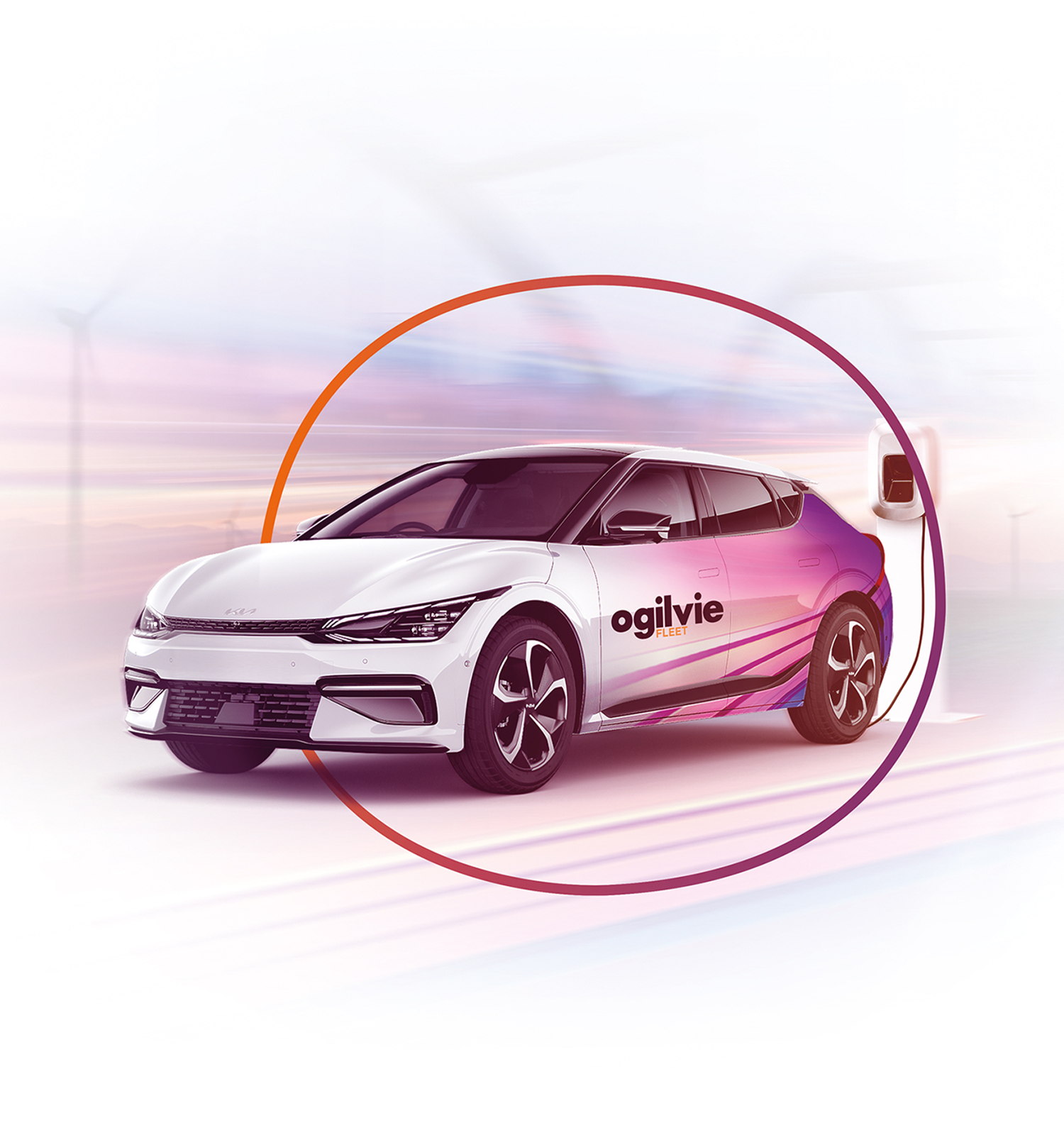
Owner’s guide to electric vehicles
How to get the most our of our your new car

Understanding your car’s battery
An EV or PHEV’s battery life can be affected by many things, which is why it is important to understand what can harm it.
EV Manufactures do provide warranties against excessive charge capacity loss and these vary by manufacturer.
Please note driving a fully EV is a dramatic learning experience and the power consumption is determined by many things such as: outside temperature, driver behaviour, weight, load on the battery from ancillary items such as, but not limited to, Electric motor management, cabin heating, seat heating, interior lighting, exterior lighting, wipers, braking, external device charging and ICE.
There are therefore many contributory factors that affect electric vehicle power consumption, most controlled by the driver. The EV range stated is a guide only and is wholly dependent on operating conditions and vary dramatically from driver to driver. The manufacturer published stated ranges are performed under test conditions and may not reflect real world driving.

What affects battery life?
The battery reaching high temperatures
This could be from excess heat from charging or the temperature outside the vehicle causing it to over heat.
Overcharging
This is combated by the vehicles and chargers, as they will not keep sending power the vehicle once its reached its max charge.
Allowing the battery to reach empty and fully recharging
It is best to charge your vehicle as often as possible for shorter periods of time to reduce damage to battery.

Tips for maintaining your vehicle’s battery
- Where possible, avoid extreme hot or cold temperatures.
- If leaving your vehicle for a long period of time, set a charge level to 50% and leave it plugged in.
- Don’t leave your battery sitting at 100% state of charge as it is stressful for the battery, unplug it as soon as possible once it reaches 100% (some cars and charges will cut out power when it reaches this point).
- Set pre engine heating/air conditioning, this is a setting some vehicles have, where you can set your vehicle to turn the heating on while it is still plugged in for set periods of time. This is better for the battery and you will get more range, compared to running the car with the heating or air conditioning on at the same time.

Charging Your Vehicle

At home and work
You can charge your electric vehicle through a standard plug socket but this will take a long time. It’s better to have a dedicated Wall Box Charger installed at your house or workplace.
Dedicated chargers can often deliver 7kw of charge per hour depending on the charger you have installed.
A vehicle with a 50kw battery will take approximately 7 hours to fully charge from a 7kw charger.
7kw x 7 hours = 49kw

Public chargers
Public charging stations are becoming more common at motorway service stations and shops.
Some are rapid chargers that can provide 50kw per hour or more.
A vehicle with a 50kw battery will take approximately 1 hour to charge on a 50kw charger.
50kw x 1 hour = 50kw*
*Rapid chargers reduce in speed when the battery reaches 80% capacity to reduce damage to the battery.
Key Differences
Regenerative Braking
EVs and some PHEVs make use of regenerative breaking.
The electric motor in your hybrid or electric car runs in two directions – one to drive the wheels and move the car, and the other to recharge the battery. When you lift your foot off the accelerator pedal and onto the brake, the motor swaps directions and starts to put energy back into the battery.
Torque
An electric vehicle has access to almost all of its torque from a standstill.
EVs have superior acceleration compared to an equivalent petrol or diesel vehicle.
This superior power is available at any speed because there are no gears.
No Engine Noise
With almost no moving parts, there’s less noise.
The only noises that electric vehicles tend to make is caused by their tyres or generated by wind resistance, and that only happens at higher speeds.
From 2019 all new EV’s will be fitted with a noise-emitting device that sounds at speeds below 12mph to warn pedestrians.
Advisory Fuel Rates
Hybrid vehicles and PHEVs use the same rate as ICE vehicles.
The Advisory Electric Rate (AER) for electric vehicles is 7 pence per mile as of 1st March 2025. This rate is set by HMRC and is reviewed each quarter.
Electricity is not considered a fuel for car fuel benefit purposes.
* Electric vehicle ranges can be affected by many factors, causing the range of a vehicle to decrease. This can include weather, outside temperature, use of air-conditioning or heaters, load, driving style and city-based (stop-start) driving to name but a few. The ranges of vehicles we quote and any data we provide are derived from manufacturers data provided to us, which are usually based on optimum test conditions. You are unlikely to achieve these maximum range estimates when driving the vehicle yourself. The availability of charging points and use of a home charger are also critical factors in any electric vehicle choice that might be made. Please take in to consideration these factors when deciding if an electric vehicle is right for you
We only use cookies to help improve our website. View our privacy policy to see how.